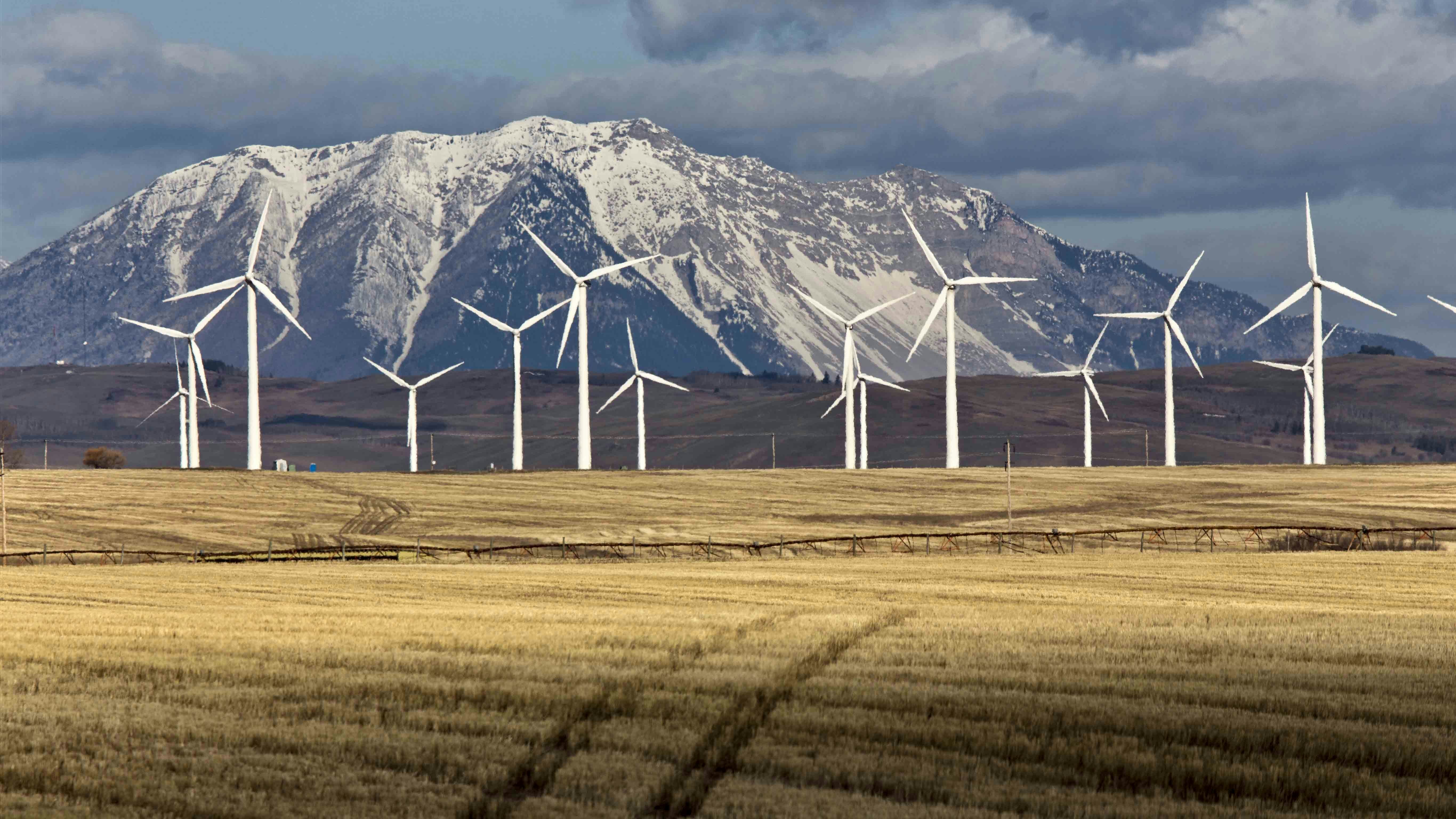The Bureau of Land Management is voluntarily back-tracking on its approval of a power transmission line in Southeast Wyoming and is going to give it a more comprehensive look.
The Albany County Conservancy and retired U.S. Fish and Wildlife biologist Mike Lockhart had filed a lawsuit earlier this year challenging the BLM’s approval process for the transmission line, which was proposed to connect the Rock Creek Wind project to two larger transmission lines that will carry wind energy out of Wyoming.
The lawsuit claimed the approval process was improperly done, without required public notification and without opportunities for public participation, including public comments. All of that is required as part of the National Environmental Policy Act.
That omission was despite repeated efforts by members of the Albany County Conservancy and Lockhart to participate in the NEPA process, the lawsuit claimed.
Vindication
Bill Eubanks, attorney of record for Albany County Conservancy and Lockhart, told Cowboy State Daily he’s pleased with the outcome in the case, which vindicates his clients’ concerns that environmental laws were violated. But he cautioned that the matters his clients were concerned about are still in jeopardy with this decision.
“On the one hand it’s a testament to the fact that these federal laws, environmental laws, do work and can work, you know, where agencies don’t check off the boxes and go through the procedural steps required by law,” he said. “You know, it is possible for the public citizens to weigh in and sometimes change that outcome merely by filing a lawsuit.”
But more often, Eubanks said what happens with these federal agencies is that they just do a better job of explaining their previous decisions, rather than changing the actual decision.
“They will have a public comment period now,” Eubanks said. “But the public needs to remain vigilant. I mean, the assumption is that the Bureau of Land Management will ultimately issue the same decision. Same final outcome, it’s just going to have more process.”

About The Eagles
The Albany County Conservancy is concerned about the overall concentration of commercial wind farms that are locating in Albany and Carbon counties and their impact on wildlife corridors and species.
A map prepared by Anne Brande, a fourth-generation Wyomingite who founded the Albany County Conservancy shows 17 wind projects locating in Albany County.
“You can pinpoint a whole bunch of resources that will be impacted by this that are special and important,” Eubanks said. “But the one we’ve kind of put our focus on here is the impact on golden eagles.”
In this case, golden eagles are protected under the Bald and Golden Eagle Protection Act, rather than the Endangered Species Act.
Lockhart, who is considered a leading expert on eagle populations in Wyoming, Colorado, and nearby states, has been continuing to collect data and do analysis on eagle populations for federal agencies.
Many Potential Impacts
Brande is concerned about the rapid spread of wind turbines across the state and how that will impact wildlife, the “view shed,” and the state’s many archeological and historical sites.
Rock Creek, Brande has pointed out, is 5 miles from Bamforth National Wildlife Refuge, where there is a high desert ecosystem connecting multiple mountain ranges. It’s one of the most important areas in North America for golden eagles, but it’s also home to other endangered species, like the greater sage grouse, mountain plover, black footed ferret and northern leopard frog.
“Renewable energy facilities aren’t green if they are poorly sited such that they kill and degrade critically important habitats for protected and declining wildlife in this Rocky Mountain/transitional grassland basin region so important to both resident and migratory species,” she told reporters at the time the lawsuit was filed. “The Bureau of Land Management is trying to sneak through approval of these federal rights of way without environmental review, enabling a massive cumulative assault on declining wildlife and habitat from both existing and numerous proposed wind projects.”
Brande wants the agencies to look not just at the impact of each individual project, but take a cumulative look at the impact of all the projects together.
That’s something that is required under NEPA, Eubanks said.
“Even though it’s a procedural statute, agencies are required by law for every project to look not just at one project, you know, myopically, they have to look at the full suite of things that are out there that could impact the same resources,” he said. “Right now, federal agencies are very much looking at each of these projects individually.
“You can’t just look at you know, how many eagles or other resources will be impacted by one project. It’s how they will be impacted across the entire 50-mile radius where all these projects are going to be operating at the same time.”
Renée Jean can be reached at renee@cowboystatedaily.com.





